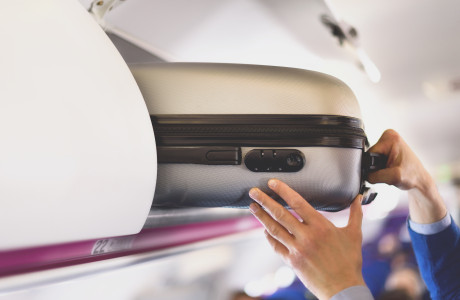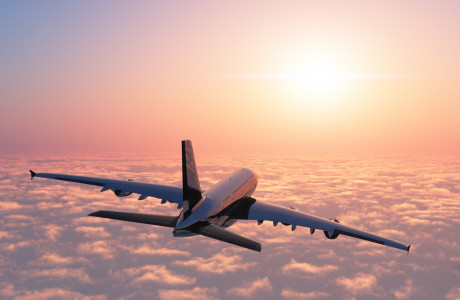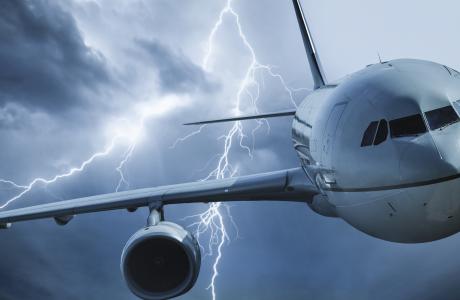
Turbulence on an airplane
Most air travelers are familiar with them: Turbulence. Just sipped relaxed at the tomato juice, must be feared in the next moment that it does not hold the red drink from jerking in the cup. Admirable, who comes there furthermore sleeping by the flight. Nevertheless, a queasy feeling can't be completely avoided for most people when the first jolt of the plane announces a few restless minutes. But is turbulence on a plane dangerous? Can you continue to sit back and relax, or can turbulence cause a plane to crash? And how does turbulence occur in the first place?
Contents:
How does turbulence occur in an airplane?
Turbulence in flight can have different causes. In addition to known weather phenomena, there are also man-made triggers.
Thunderstorms and severe weather
Possible causes of turbulence in aircraft include thunderstorms and other severe weather. The high wind speeds can shake even a large passenger aircraft. Lightning is largely harmless to the aircraft itself, because just like cars, lightning forms a Faraday cage. Most of them are even struck by lightning several times during their time in service. The electronics are the most likely to suffer damage, but all aircraft are equipped with replacement devices for this eventuality. More worrying for the outer hull is usually hail, but modern aircraft are equipped for this as well. In addition, thunderstorms can be predicted quite reliably and signs of them can be seen on the weather radar and in cloud formations, which is why the storms are usually flown around over a wide area.
Clear Air Turbulences
Clear Air Turbulences (CAT) are much more difficult to predict than storms. As the name suggests, they occur in clear weather and are not visible on weather radar. Commonly referred to as "air holes," this weather phenomenon is caused by colliding air masses whose wind speeds differ greatly. Although it is known where air holes hit aircraft particularly often, which is why pilots are equipped with special turbulence maps, they can theoretically occur anywhere and at any time.
Other aircraft
Turbulence in aircraft can also be caused by aircraft flying ahead. Here, the size of an aircraft determines how strong the drifts it generates are. This can be compared to the ripples on the water surface caused by ships.
Climate change
While climate change alone is not a cause of turbulence in aircraft, it does promote the weather phenomena that cause turbulence. Evidence shows that as temperatures continue to rise, extreme thunderstorms intensify, as do CATs.
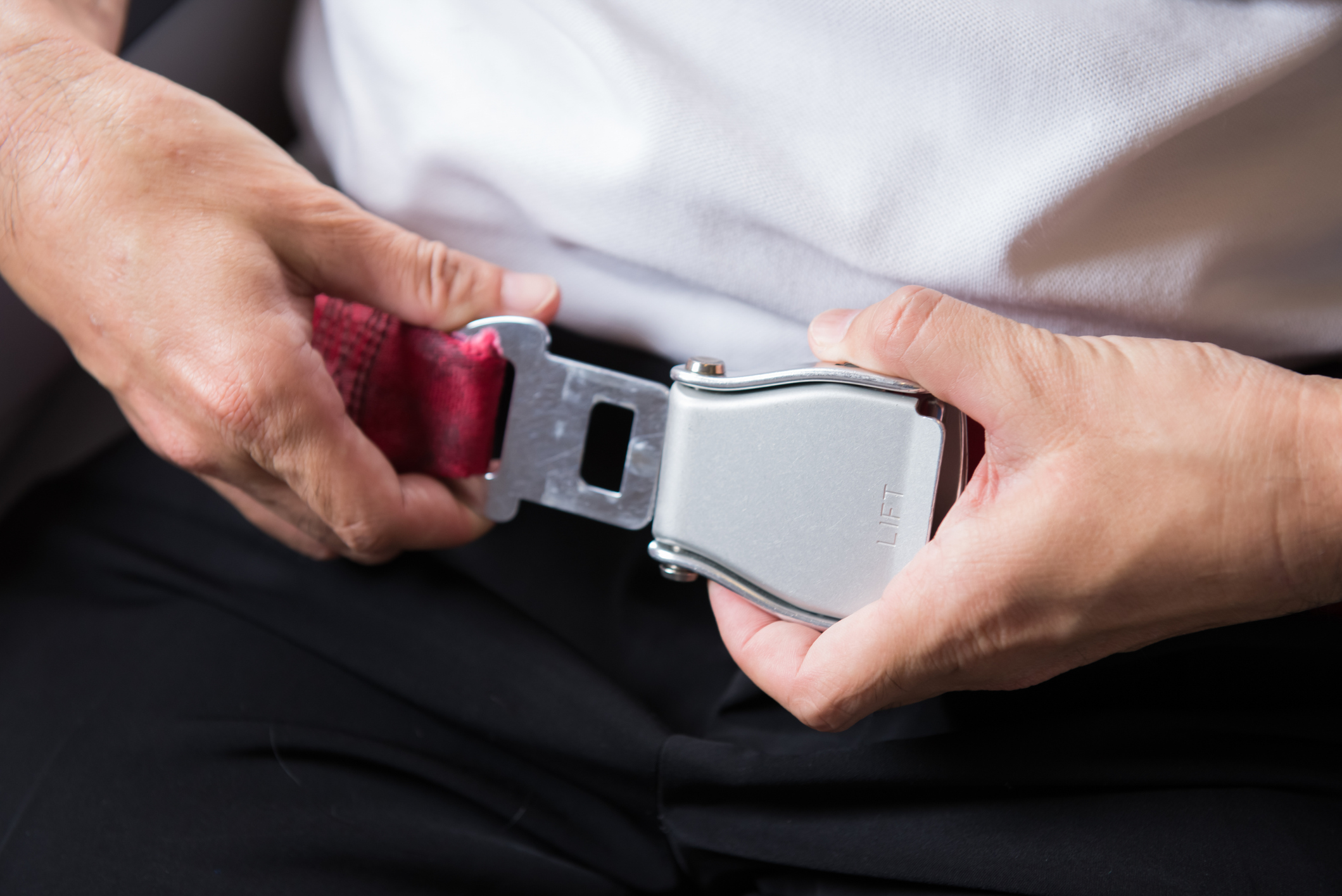
Is turbulence dangerous?
Can turbulence cause a crash? This question often causes uncertainty and can fortunately be answered with a "no". Common passenger aircraft, especially nowadays, are built in such a way that a crash caused by turbulence alone can be practically ruled out. Nevertheless, turbulence is therefore not completely harmless:
Previous damage or difficulties can be amplified
Although even severe turbulence cannot bring down an aircraft on its own, it is certainly capable of amplifying existing distress situations. An improperly maintained aircraft with existing damage, such as hairline cracks, or an aircraft that has been affected by bird strikes, for example, can be placed in an even more difficult situation by turbulence. Fortunately, however, strict maintenance protocols must be followed and bird populations around airports are also closely monitored. So there is usually no danger here.
Danger for passengers
However, a flight with turbulence can also become a danger for passengers without affecting the aircraft at all. If an air pocket suddenly occurs while flying, the sudden jerking of the aircraft poses an increased risk to unbelted travelers. Improperly stowed hard or heavy objects can also potentially cause injury in this event. In fact, incidents of this type caused by turbulence are much more common than those affecting the entire aircraft.
By the way, you can learn more about basic flight safety in our article How safe is flying?
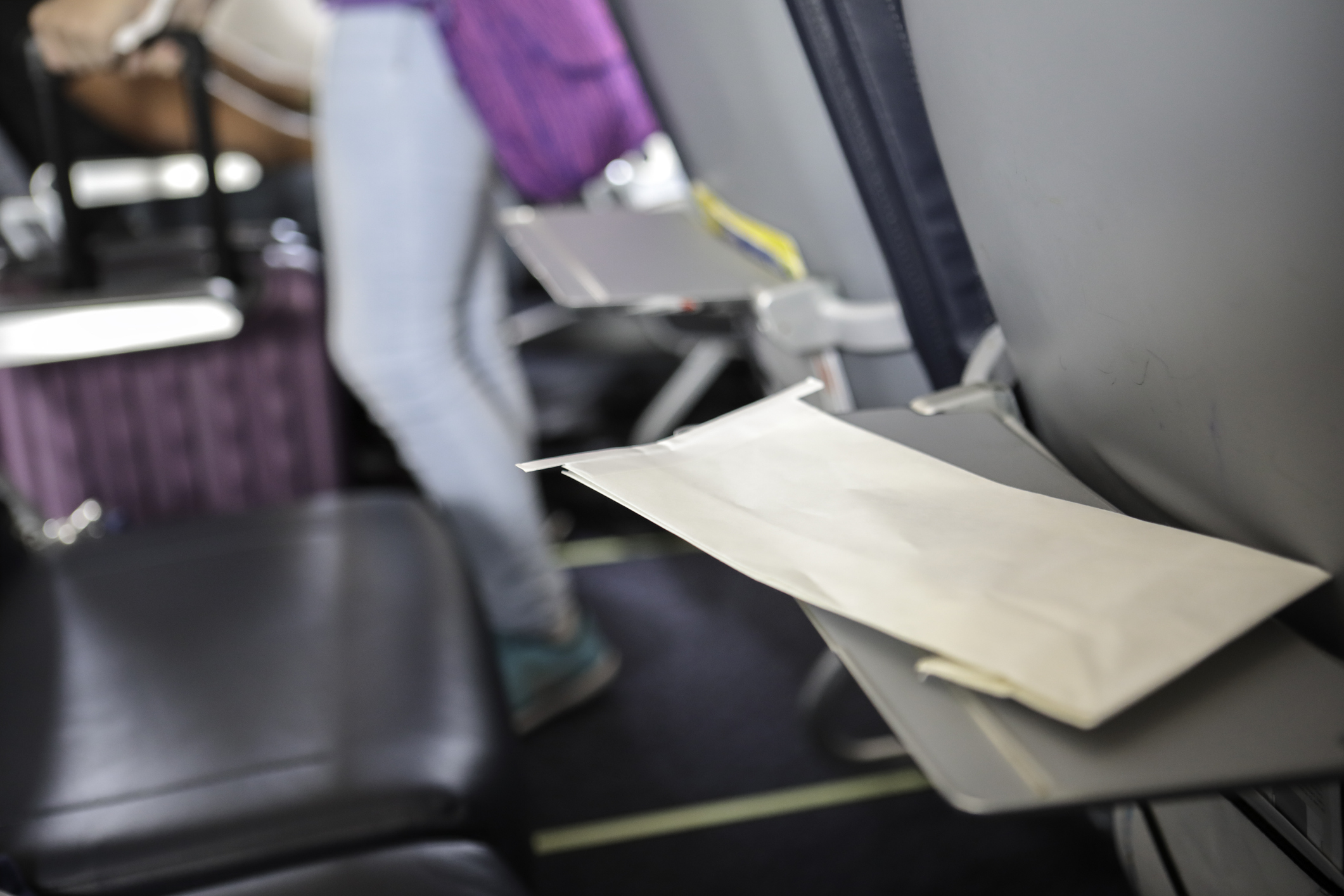
5 tips for the right behavior in turbulence in the aircraft
So turbulence on an airplane is unlikely to cause a crash, but it can be uncomfortable for individuals and offer potential hazards. To keep these risks as low as possible, we have compiled five practical tips for the here:
Buckle up
The simplest measure to protect against turbulence is also the most effective. The seat belt provides excellent protection against sudden air pockets. For this reason, it is also advisable to fasten your seat belt even during calm phases of flight when you do not need to leave your seat.Stow objects correctly
To protect yourself as well as other passengers, you should always stow loose items safely. Depending on the item, the overhead bin above the seats, the area under your seat or the net under your fold-out table may be suitable for this purpose.Follow instructions
Always follow instructions from flight personnel in the event of turbulence - even if the flight feels calm and safe at the time. Flight attendants have information about impending turbulence and, in the vast majority of cases, much more flight experience. So, if the flight attendant asks you to take your seat and fasten your seat belt, please comply.Sit in the middle of the plane
Turbulence on the plane is least felt in the middle seats. So it's best to book your seat here if you want the smoothest journey possible. This will also minimize the effects of fear of flying in turbulence.Tip: Find out here which are the best seats on the plane for your particular needs.
Keep calm
Lastly, stay calm even if turbulence becomes extremely uncomfortable on the plane. Remember that the plane itself is designed to withstand these conditions. So by panicking, you are putting yourself in danger in the worst case scenario during turbulence on the plane. You are safest in your seat with your seat belt fastened.
Turbulence in an airplane should be taken seriously, but if you behave calmly and carefully, it is more of an inconvenience than a real danger. Accordingly, we wish you as calm and relaxed a flight as possible!

